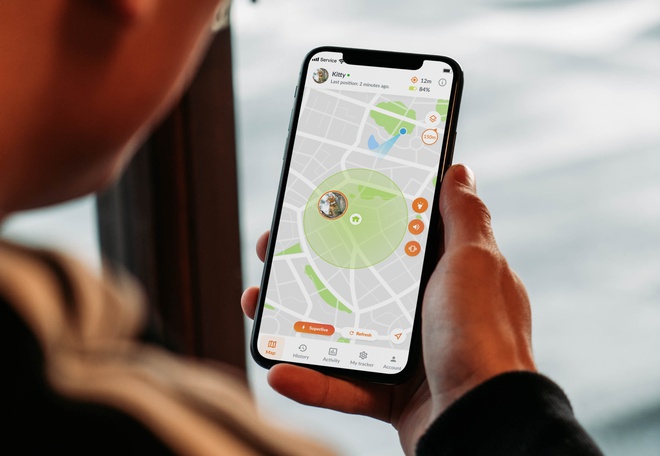
Reading time : 3 min
The geofence entry and exit alerts automatically inform you when the tracker enters or exits a configured zone. This is very practical, but also complex as they are subject to the limits of GPS technology. Here is a brief presentation of the points to keep in mind when setting up your first geofence.
Location systems such as GPS trackers have revolutionized the way we monitor and protect our loved ones. However, the accuracy and speed of alerts vary based on several factors. Let's delve into the specifics related to the delay in receiving alerts.
The time it takes to receive the alert for a geofence entry will not be the same as for an exit. We saw in a previous article that GPS accuracy is affected by several criteria including whether the tracker is inside or outside. This information is essential as indoors the GPS accuracy will be inherently reduced (if the tracker receives the GPS signal at all) which can lead to a potential false exit alert (the system could think that the tracker has left the area when in fact it is merely a momentary error in position).
For this reason, we apply an additional safety margin to the exit alert. This margin consists of a greater number of positions outside the area before the alert is confirmed and sent to you. The purpose of this security measure is to reduce false alarms as much as possible so as not to cause unnecessary worry. Your tracker is meant first and foremost to bring you peace of mind, not stress.
If the locator was indoors and was not connected to GPS signal then it will take longer to recover it once outdoors. This would result in an additional delay before sending the geofence exit alert as you must take into account the time for recovery of GPS signal and then time for the safety margin of the geofence in question.
This explains why you will always receive geofence entry alerts faster than exit alerts.
Geolocation is a precious tool, but it has its limitations. Among these, the precise delineation of secure zones is a significant concern for many users. Let's explore the rationale behind the unique shapes of zones offered by certain systems.
We are sometimes criticised for proposing only one shape of geofence; one that does not always allow us to adapt it faithfully to the real zone. It is a choice on our part that reiterates the points made above, a commitment not to make any false promises.
The idea is first and foremost to be notified of an entrance or exit in relation to a wide area, not in relation to a garden fence for example. As the limitations of GPS technology are such, the possibility of defining a "tailor-made" geofence would generate great frustration in the real world. It would be normal to expect to receive an alert as soon as the threshold is crossed but unfortunately this is impossible. You would have too great a risk of false alerts and would, understandably, end up no longer trusting the notifications you received.
Distinguishing between different types of zones is crucial for optimal utilization of geolocation devices. Let's focus on external zones and their unique characteristics in tracking settings.
When setting up a geofence, you are asked to specify whether it is an internal or external zone. By external area we mean a perimeter that does not cover any internal place, such as a park for example.
If you tick the external zone option, we will remove the safety margin from the geofence exit. This allows you to benefit from a more reactive, faster alert. As the tracker does not run the risk of incorrect positions due to being indoors, there is no need to apply this safety margin. Remember to fill in this information when you create your geofence.
Always bear this information in mind when setting up a geofence. This will help you choose the best possible configuration (entry and/or exit alert, geofence radius, external geofence or not). Finally, avoid creating zones that are too close to each other, as this could create conflict between the safety margins of each of them (if the tracker has not officially left the first zone before entering the second, no alert can be issued).
To access the most relevant information, suitable payment methods, and delivery in your region, please select the website corresponding to your country.


